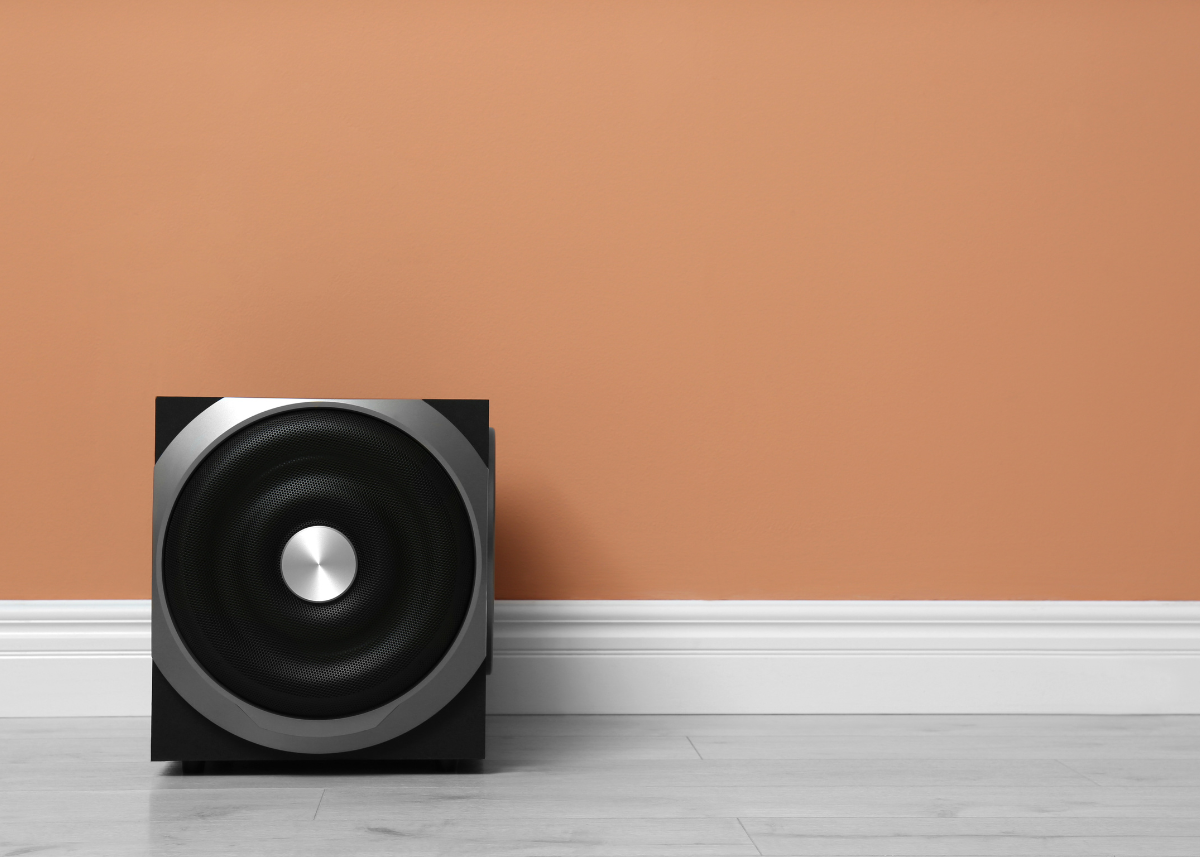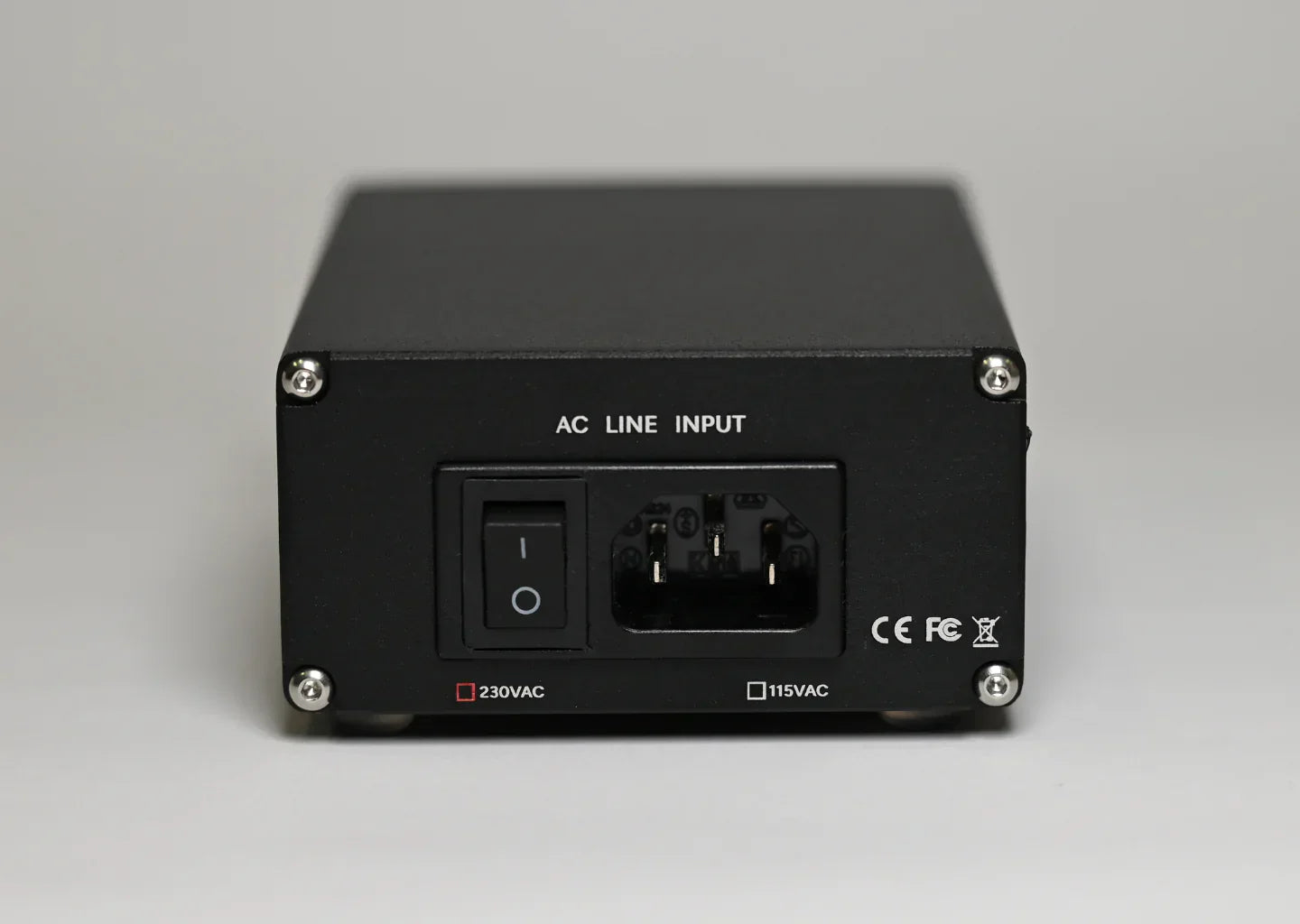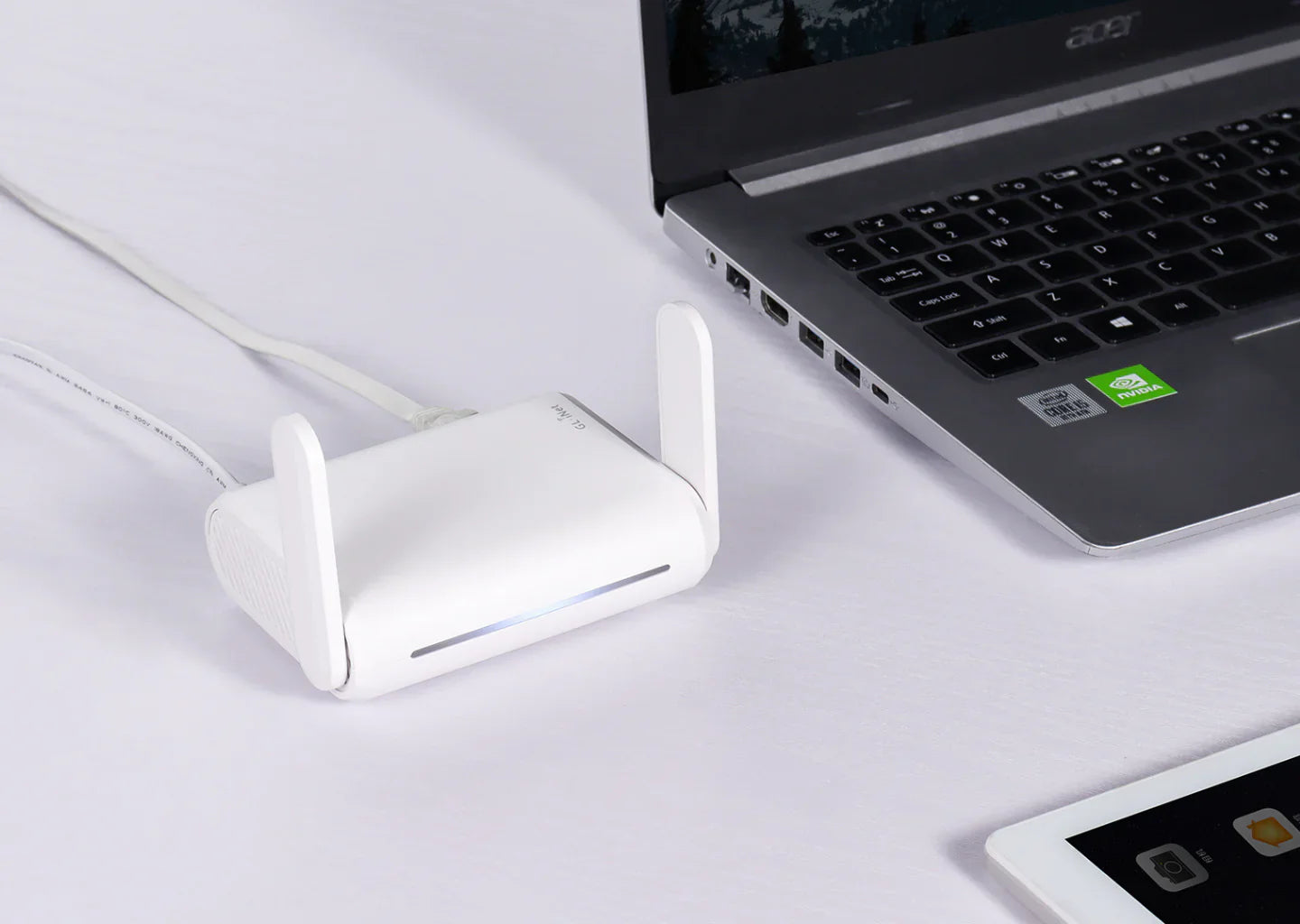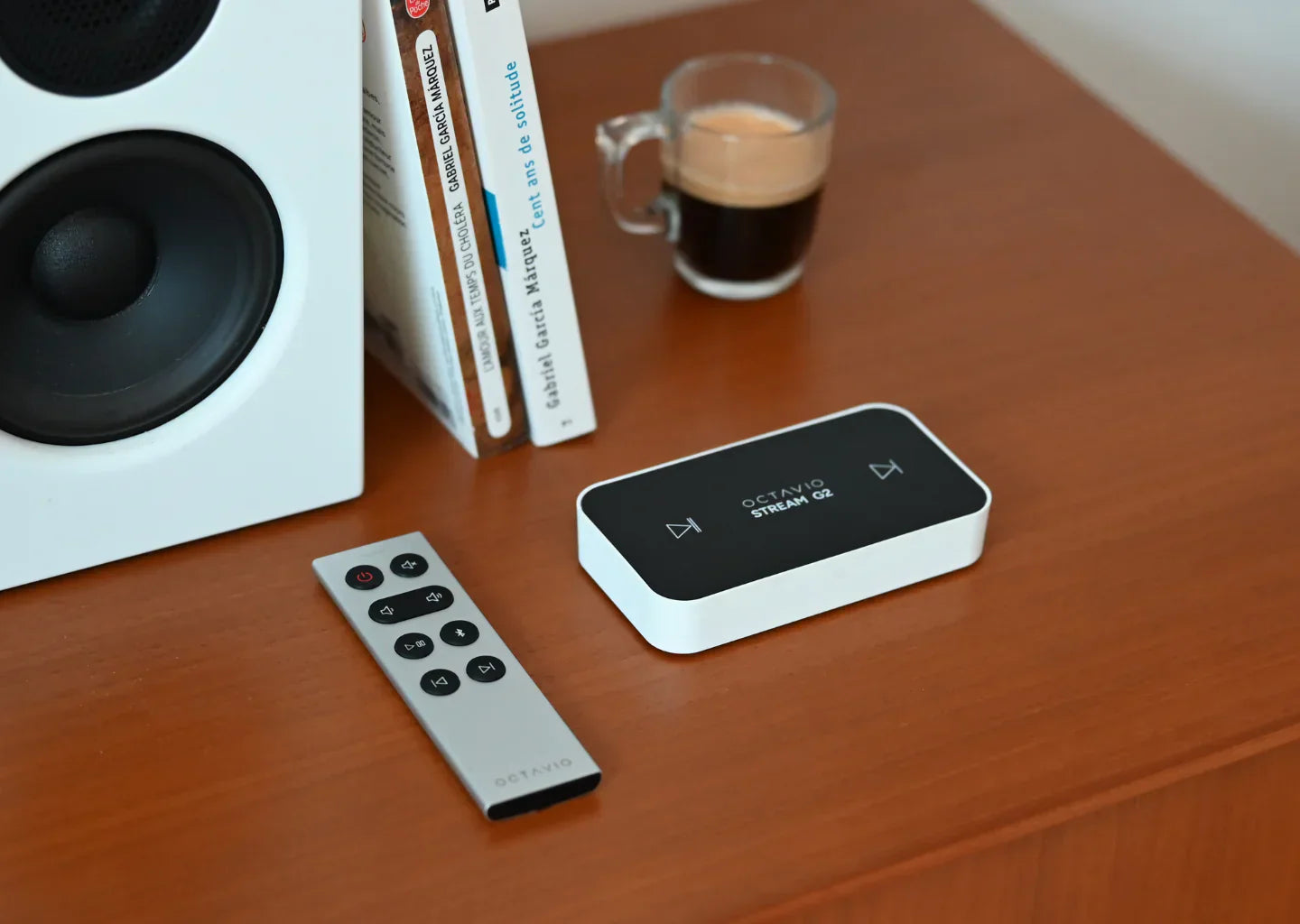What is a subwoofer?
A subwoofer is an audio device belonging to the speaker family. Dedicated to low frequencies (i.e. frequencies below 100Hz), it is made up, like speakers, of a loudspeaker and a box. Compared to the latter, it has a larger diameter loudspeaker and a wider box. These differences are explained by the volume of air that is necessary to exploit the lowest frequencies. Traditional speakers (for example bookshelf speakers) will be limited in this very specific aspect of the sound spectrum. The oscillation of the speaker membrane in the box is more restricted. This is why on certain installations, the bass may seem less deep, or even muffled.
Subwoofers are particularly used in home cinema installations, but also in certain Hi-Fi installations.
You will find active subwoofers on the market, integrating an amplifier and passive subwoofers, which only have a speaker and a cabinet. The latter, rarer, are reserved for Home Cinema.
Prices vary greatly, ranging from 150 to 1500 euros for the most expensive.
What are the advantages of a subwoofer?
- A better sound experience
Hardly perceptible to our ears, low frequencies have the reputation of being felt rather than heard. It is the bass frequencies that will offer this feeling of power to your films or your favorite songs. With a dedicated subwoofer you considerably improve your listening experience, thanks to more depth and intensity.
- You relieve your speakers
By outsourcing the production of low frequencies to a subwoofer, you allow your speakers to focus on what they do best. That is to say, transcribing the highs and mids. Your speakers will be more efficient, and you will avoid the risk of distortion, especially at high volumes.
- Easier placement
Unlike speakers that require a very specific placement to be fully exploited, subwoofers can be placed more easily in a room. Low frequencies have the advantage of being less directional than high and midrange frequencies. In fact, you can choose a more practical placement for your subwoofer without sacrificing a quality listening experience. Be careful, however, not to do just anything.
- A customization of the settings
A large majority of subwoofers allow customization of their settings. This gives users greater flexibility, both by allowing them to adapt their installation to their subwoofer, but also according to their personal preferences. The modifiable parameters generally affect the bass level as well as the cutoff frequency.
How to place your subwoofer?
The ideal placement of a subwoofer differs from that of a traditional speaker. It is recommended to position the speaker at a sufficient distance from walls (to reduce potential bass reflex problems) and from the corners of a room for optimized operation. On the other hand, for the subwoofer, the situation is often different. In general, it is more recommended to place it in a corner.
This is explained by the diffusion of the waves, much less directional than those of the speakers. By opting for a corner placement, you optimize the resonance of your listening room and obtain a more linear result.
It may also be recommended, if no angle is available, to place your subwoofer in the center of your installation, between your speakers. Both in the context of a Home Cinema installation but also Hi-Fi. Some brands now offer flat subwoofers, specially designed to be placed under a sofa. This placement can also be a good alternative in terms of sound reproduction. The important thing is to find the placement that corresponds to your preferences and your installation.
How to adjust your subwoofer?
To fine-tune a subwoofer, start by adjusting the volume of the subwoofer so that it is audible but not overwhelming. Then set the crossover frequency to match your main speakers, typically around 80 Hz for standard speakers. Set the level so that the subwoofer complements the soundstage without dominating. Choose a power level that matches your room, avoiding distortion. Make more precise adjustments as you listen to different genres of music to perfect the balance between the subwoofer and main speakers.
How to use a subwoofer on Octavio products?
There are several ways to integrate a subwoofer into your Octavio ecosystem. The first, quite classic, is to connect a subwoofer to the "SUB" input of our Octavio Amp amplifier.
The second is to integrate a subwoofer into your installation using Octavio Stream. To do this, simply connect your subwoofer via the auxiliary input of Octavio Stream . With our Octavio Virtuose application, you can then create a group and graft the subwoofer onto your Maestro speakers, for example. You will then be able to enjoy a complete stereo system.








